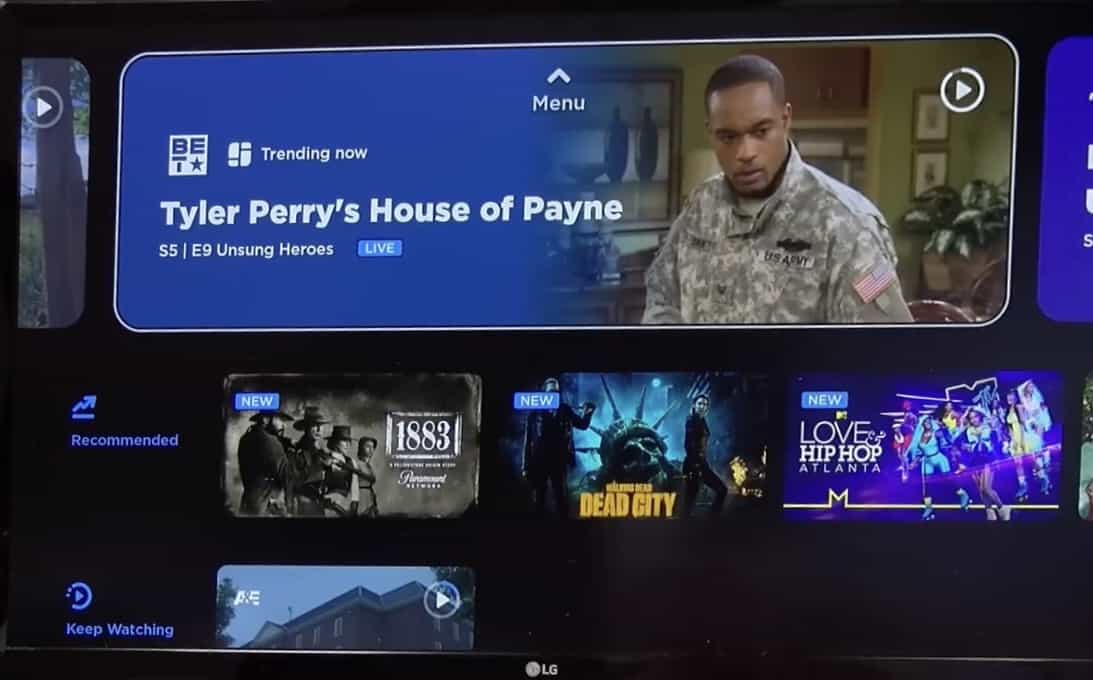In the ever-evolving landscape of home entertainment, the convergence of technology has led to the creation of smart TVs, offering an amalgamation of features designed to enhance the viewing experience. Philips, a prominent player in this arena, has collaborated with Roku to introduce Philips Roku TVs, marrying Philips’ renowned display technology with Roku’s intuitive streaming platform. Among the myriad of features, one often overlooked yet crucial aspect is the placement of the power button. In this article, we delve into the significance and strategic placement of the power button on Philips Roku TVs.
Understanding User Experience:
User experience (UX) design is paramount in the development of any consumer product, especially in devices that are meant for daily use. The placement of essential controls, such as the power button, significantly impacts the usability and convenience of the device. Manufacturers invest considerable time and resources in studying user behavior and ergonomics to optimize the placement of these controls.
The Power of Convenience:
The power button serves as the gateway to the television experience. Its location dictates the ease with which users can turn the device on or off, influencing their overall satisfaction with the product. A conveniently placed power button enhances usability, while a poorly positioned one can lead to frustration and dissatisfaction.
Strategic Placement on Philips Roku TVs:
Philips Roku TVs feature a strategic placement of the power button, carefully integrated into the overall design for optimal usability. Typically located on either the side panel or the bottom bezel of the TV, the power button is easily accessible without detracting from the aesthetic appeal of the device.
Side Panel Placement:
Many Philips Roku TV models feature the power button on the side panel. This placement offers several advantages. Firstly, it maintains a clean and uncluttered front panel, allowing for uninterrupted viewing. Secondly, it enables easy access for users who prefer to operate the TV manually rather than using a remote control. Whether wall-mounted or placed on a stand, the side panel power button ensures effortless operation.
Bottom Bezel Placement:
In some models, Philips opts for placing the power button on the bottom bezel of the TV. This location is strategically chosen to cater to different user preferences and viewing setups. For instance, in wall-mounted configurations where side panel access may be restricted, the bottom bezel placement ensures accessibility without compromising on aesthetics. Additionally, for users who prefer a minimalist design, the bottom bezel placement maintains the sleek profile of the TV.
User-Centric Design Philosophy:
The placement of the power button on Philips Roku TVs exemplifies a user-centric design philosophy aimed at enhancing the overall user experience. By prioritizing accessibility and convenience, Philips ensures that users can seamlessly interact with their TVs, whether turning it on/off or accessing other essential functions.
Conclusion:
In the realm of smart TVs, where technological prowess meets user experience, every detail matters. The strategic placement of the power button on Philips Roku TVs exemplifies a commitment to user-centric design, prioritizing convenience and accessibility without compromising on aesthetics. As consumers continue to demand seamless integration of technology into their lives, such thoughtful design elements play a pivotal role in shaping their satisfaction and loyalty towards the brand. With Philips Roku TVs, the power button isn’t just a switch; it’s a testament to the art of harmonizing form and function in modern home entertainment.



